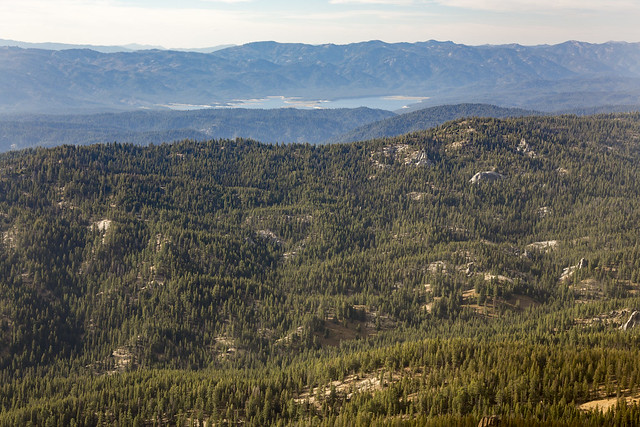
The United States forest products industry accounts for approximately four percent of the nation’s total manufacturing GDP, producing over $200 billion in products every year. To keep tabs on the condition and status of America’s forest resources over time, the USDA Forest Service Forest Inventory and Analysis Program compiles the official estimates for all public and private forest lands in the country. This long-term trend information is used to inform economic, policy, and management decisions at a range of scales.
Earth Day is the perfect time to announce an updated census of the nation’s forests and woodlands. As a supporting document to the upcoming 2020 Resources Plan Act (RPA) Assessment mandated by Congress every 10 years, the Forest Resources of the United States report guides public and private investment dollars through forest health programs, recreation, tourism industries, and harvesting operations.
The United States is home to tremendous natural resources, including 823 million acres of forests and woodlands. While the country’s combined forest and woodland area has been stable-to-increasing for decades, that doesn’t mean forests aren’t changing in response to a variety of internal and external stimuli.
For example, forests and woodlands combined make up over one-third of the nation’s landscape. More than half of that is privately owned, with most public ownership in the West. National forests make up 19 percent of forests and woodlands, although trees on national forests have aged as harvests on public land have declined.
Forests and woodlands have become increasingly accessible to people. The country’s road network has grown so that any person can travel to within one mile of over 88 percent of forest land. This increase in accessibility means more people can enjoy the benefits that forests provide, but it also results in increased fragmentation, which can impact forest health.
Forests are moving to the city as well. The value of urban trees continues to grow as economic and public health data show that these trees can reduce energy used for heating and cooling by $5.4 billion every year while producing 67 million tons of oxygen.
“Understanding the extent of the nation’s forest and woodland resources is the key to making informed policy and management decisions, whether at the local, state, national, or international scale,” said Forest Service Deputy Chief of Research and Development Alexander Friend.





